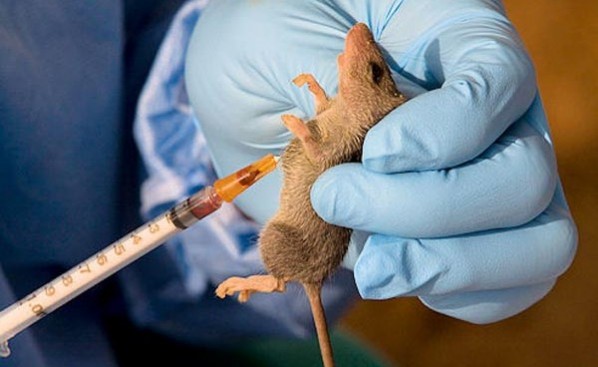Lassa Hemorrhagic Fever: Death toll hits 101

The Lassa hemorrhagic fever outbreak in the country has killed 101 people, as West Africa battles to contain a flare-up of the virus, according to data from the nation’s health authorities yesterday. Nigeria Centre for Disease Control (NCDC) statistics showed that reported cases of the hemorrhagic disease — confirmed and suspected — stood at 175 with a total of 101 deaths since August.
“As at today, 19 (including Abuja) states are currently following up contacts or have suspected cases with laboratory results pending or laboratory confirmed cases,” the NCDC said in a statement.
Deaths from the virus were recorded in the nation’s political capital, Abuja, Lagos and 14 other states, the NCDC said.
Although the federal ministry of health had said the virus had been brought under control, there are fears the actual scale of the outbreak is under-reported.
The NCDC said officials have distributed large quantities of drugs, including Ribavirin tablets and bottles of hand sanitizers across the country to tackle the disease.
It, however, reported that logistics support and delayed reporting of cases by states are dogging the fight against Lassa fever.
The outbreak was only announced in January — months after the first case occurred in August — with subsequent deaths reported in 10 states, including Abuja.
Last year, 12 people died in Nigeria out of 375 infected while in 2012 there were 1,723 cases and 112 deaths, according to the NCDC.
In neighbouring Benin, at least nine people have died in a Lassa outbreak, with a total of 20 suspected cases, health authorities said Tuesday.
The number of Lassa fever infections across West Africa every year is between 100,000 and 300,000 with about 5,000 deaths, according to the US Centers for Disease Control and Prevention.
The disease belongs to the same family as Marburg and Ebola, two deadly viruses that lead to infections with fever, vomiting and, in worse case scenarios, hemorrhagic bleeding.
Its name is from the town of Lassa in Borno State where it was first identified in 1969.
Endemic to the region, Lassa fever is asymptomatic in 80 percent of cases but for others it can cause internal bleeding, especially when diagnosed late.
The virus is spread through contact with food or household items contaminated with rats’ urine or faeces or after coming in direct contact with the bodily fluids of an infected person.









0 Comments